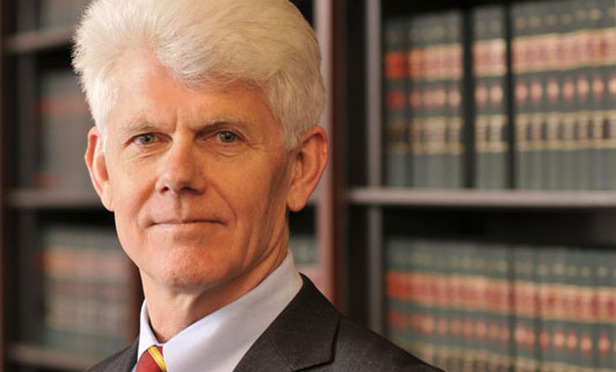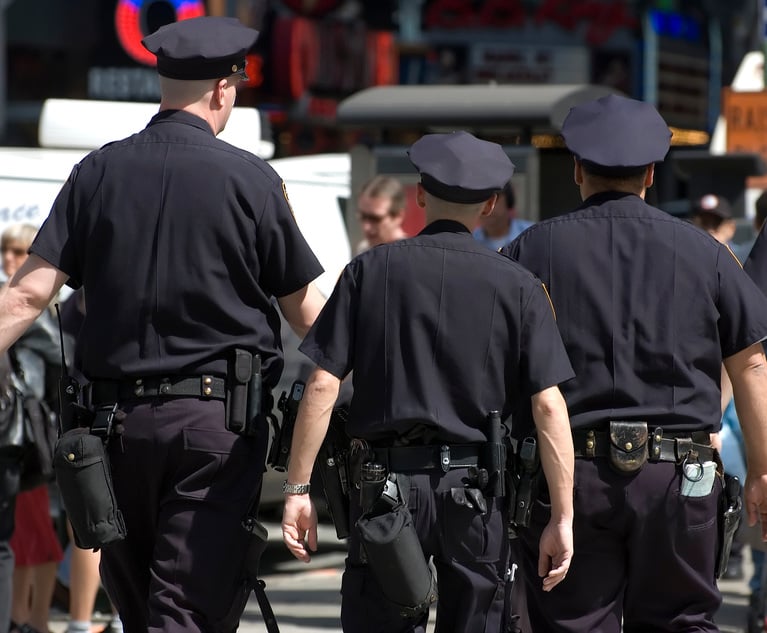The mesothelium is a thin layer of tissue covering many organs in the human body, including the lungs. Cancer of that tissue in the lung—mesothelioma—is a particularly deadly and aggressive form of cancer caused by exposure to asbestos. The carcinogenic latent effect of this exposure takes many years to manifest, but CPLR 214-c calculates the commencement of the three-year statute of limitations for claims related to such exposure from the date of the discovery of the cancer, or from when its cause reasonably should have been discovered.
Asbestos personal injury claims often are brought many years after the harmful exposure, so it is not surprising that plaintiffs sometimes seek to prove the source of the asbestos through testimony from past cases. CPLR 3117(a)(3) allows use of prior deposition testimony under stated circumstances, and Billock v. Union Carbide Corporation, 170 A.D.3d 1388 (3d Dep’t 2019), is a recent appeal decided by a divided Appellate Division, Third Department in which the majority and dissenters address nuances in such permitted use.


 Thomas F. Gleason
Thomas F. Gleason




